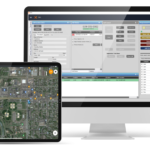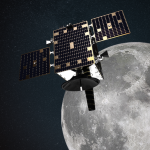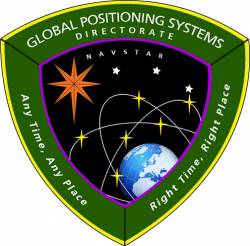With the 6 August 2024 release of Public Notice DA 24-776, the FCC’s Wireless Telecommunications Bureau (WTB) and Office of Engineering and Technology are seeking comments on a petition for rulemaking set forth by NextNav.
Earlier in 2024, NextNav filed a petition asking the FCC to reconfigure the 902-928 MHz band (Lower 900 MHz Band) and adopt new rules to enable the deployment of a 5G terrestrial PNT network that would complement and back up the U.S. GPS.
NextNav is one of the companies that participated in the noted 2023 EU JRC study of alternative (non-GNSS) PNT technologies. Currently deploying non-GNSS positioning solutions in urban settings in the US and Europe, the company is known for its terrestrial PNT system, called TerraPoiNT. Independent of GNSS technologies, it uses a dedicated, ground-based network of transmitters to provide wide-area, macro or campus coverage.
Background and future moves
In 1995, the FCC established the Location and Monitoring Service (LMS) in the902-928 MHz band, defining two types of LMS systems: multilateration LMS (M-LMS) and non-multilateration LMS (non-M-LMS), which share the band with a variety of other users under a hierarchy of spectrum usage rights. The Lower 900 MHz Band is divided into sub-bands: two for use by M-LMS, two for non-M-LMS, and one for both types of LMS systems shared on a co-equal basis.
In its 2024 Petition for Rulemaking, NextNav asks, among other things, that the Commission reconfigure the Lower 900 MHz Band by creating a 5-megahertz uplink in the 902-907 MHz band, paired with a 10-megahertz downlink in the 918-928 MHz band, shifting all the remaining non-M-LMS licensees to the 907-918 MHz portion of the band.
NextNav is essentially proposing a spectrum ‘swap’, to trade in its current M-LMS holdings for a single, nationwide 15-megahertz flexible use license pursuant to the new band plan. The company would also like to see specific updates to the FCC’s rules, including the addition of mobile and fixed allocations to the non-Federal portion of the Table of Frequency Allocations, revisions to existing part 90 rules, and the addition of a new subpart for a ‘Terrestrial Positioning, Navigation, and Timing Service'(TPNT).
In its Public Notice, the FCC says, “We seek comment on all aspects of the Petition, including its associated costs and benefits.” It cites a number of specific issues raised in the NextNav Petition and includes specific questions on these, and calls for contributions on any additional related issues that commenters may identify.
Read the full Public Notice here.






